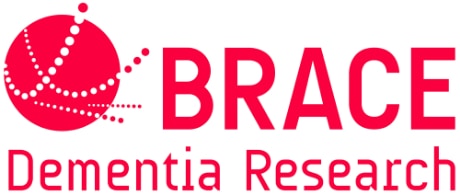Dr Jeffrey Davies
PhD: Swansea University, 2016
Using stem cells to discover how calorie restriction could protect against dementia (PhD Studentship)
See glossary at bottom of page for definition of underlined words.
Summary
Calorie restriction is known to have a beneficial effect on brain function. During calorie restriction the levels of a hormone known as “ghrelin” are increased. Ghrelin has been found to be neuroprotective in mouse models. This research will examine the effects of ghrelin on human brain cells treated with toxic amyloid-β. The ghrelin system could be a potential therapeutic target for the treatment of dementia.
What do we already know?
Calorie restriction is known to have a beneficial effect on brain function, including improving memory and reducing the incidence of age-related neurodegenerative diseases. During caloric restriction, blood levels of a hormone known as “ghrelin” are elevated, and in a mouse model of neurodegeneration this hormone is neuroprotective: promoting the generation of new neurons and aiding memory formation. The ghrelin system therefore appears to act as an essential mediator of the beneficial neurological effects of caloric restriction, and may slow progression of disorders such as Alzheimer’s disease.
What is this project trying to find out?
Although ghrelin may be neuroprotective in animal models of dementia, very little is known about ghrelin’s role in the human brain. Dr. Davies’ group will therefore use an embryonic stem cell derived neuronal cell line to examine how ghrelin receptor activation protects neurons against the toxic protein aggregate amyloid-β.
How do they do this?
Embryonic stem cells will be differentiated into human neurons and treated with amyloid-β in the presence of absence of ghrelin. Ghrelin’s neuroprotective effects will be assessed with gene and protein analysis techniques, and neurone number, structure and synapse density examined using cutting-edge confocal microscopy techniques.
Ghrelin receptor expression in post portem human brain will be assessed in samples from the South West Dementia Brain Bank, this will help tie together the potential neuroprotective effects of ghrelin in cultured neurons with the dysfunction seen in Alzheimer’s disease.
Why is it important?
Identifying the ghrelin system as a potential therapeutic target for Alzheimer’s disease, and the mechanisms underpinning the system’s neuroprotective effects, will aid the development of more effective therapies for this disorder.
Glossary
Neuroprotective – Something that aids the formation of new brain cells (neurons)
Therapeutic target – A therapeutic target is the protein / receptor that a pharmaceutical drug will bind to in order to elicit its effect.
amyloid-β (also known as β-amyloid) – Small proteins which aggregate to form amyloid plaques in Alzheimer’s disease. These plaques will eventually lead to the death of cells in the brain.
Hormone – A chemical produced by living cells that circulated in bodily fluids and produces an often stimulatory effect on the body.
Receptor – A protein or cell component that a drug will bind to in order to elicit its effect.
Confocal microscopy – An optical imaging technique to resolve the detailed structure of objects within the cell. Confocal microscopy has many advantages over conventional optical microscopy.
Further information
Please click here for more information about the work of Dr Jeffrey Davies.
Please click here for more information about the work of Dr Alwena Morgan.
Please click here for more information about the work of Dr Owain Howell.
Share this page
